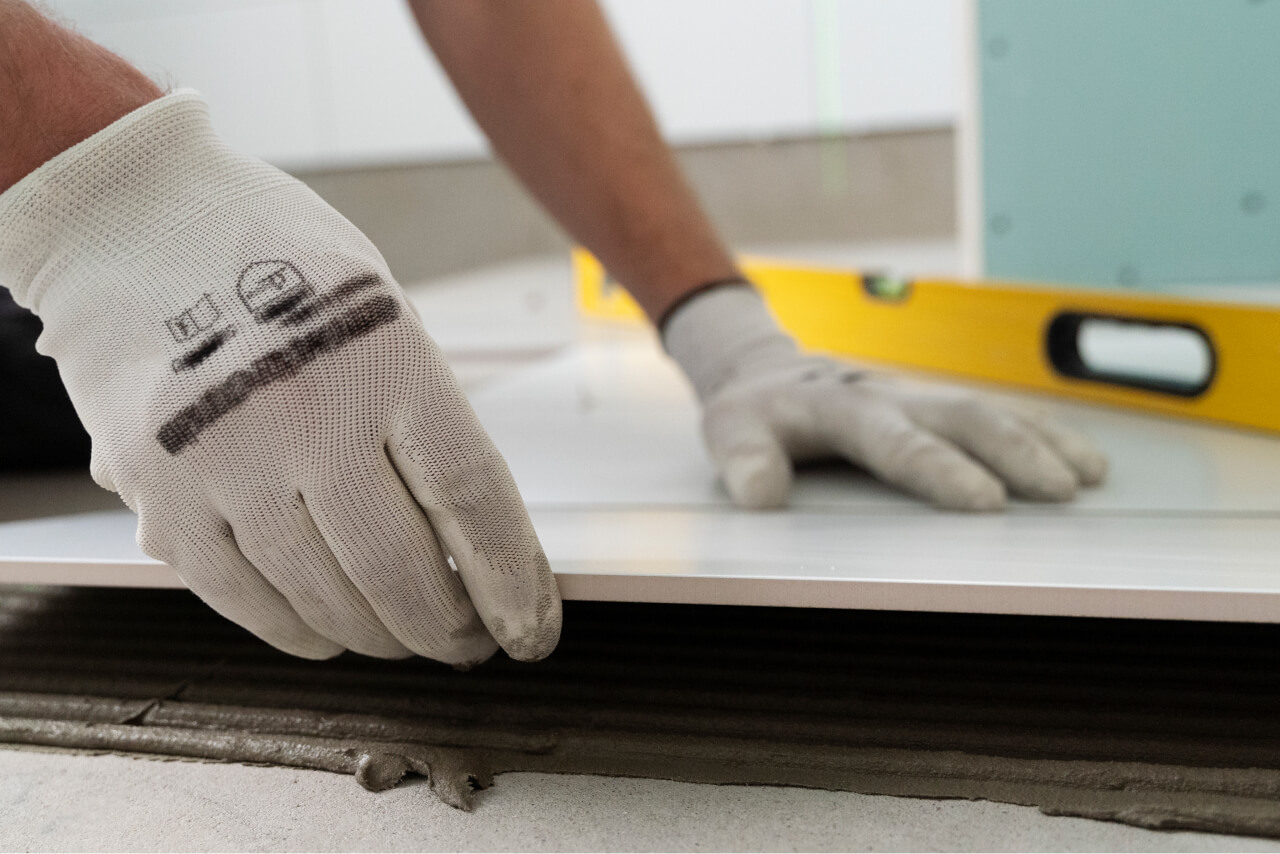First of all, do you even need an Employment Authorization Document to work? Not every category of immigration status holder needs an EAD. For example, if you are a Permanent Resident, you don’t need an EAD because your Permanent Resident Card is proof of your employment authorization. Also, if you work for an employer because of a Nonimmigrant visa that allows you to work for that specific employer (H-1B, L-1B, O, or P visa), you won’t need an EAD. If you are in this last category, to establish your employment authorization, you will simply need to show your Form I-94 Arrival and Departure record with your Nonimmigrant Visa, which will have your employer’s name as part of it. If you need to access your I-94 for whatever reason, you can find it here.
So, who does need an Employment Authorization Document to work? Well if you are an F-1 student, then you generally need an EAD to work; if you are seeking Optional Practical Training (related to your field of study), or if you are seeking off-campus employment with a qualifying International Organization, or due to severe economic hardship. If you are a J-2, meaning the spouse or minor child of a J-1 Exchange Visitor, then you can generally seek permission to work if you submit a written statement with your application that attests to the fact that your work is not necessary to support the J-1, but rather for other reasons. You will also need to submit a copy of your J-1’s (the principal alien) Certificate of Eligibility for Exchange Visitor Status (Form IAP-66). If you were a vocational student under the M-1 Classification who has finished studying, then you may also seek permission to work in order to get practical training by filing a Form I-765 with a completed Form I-539 (following the official USCIS instructions), a Form I-20 M-N (Certificate of Eligibility for Nonimmigrant (M-1) Student Status endorsed by the Designated School Official within 30 days of filing).

If you are the spouse of someone with an E-1/E-2 Treaty Trader or Investor Nonimmigrant Visa, or the spouse of an L-1 Intracompany Transferee then you will need to apply for Employment Authorization. Note if you are another dependent of one of these visa types (minor child) you are unfortunately ineligible to work while in the United States.
If you are the spouse of an H-1B Nonimmigrant then you will need to apply for Employment Authorization to work. The process is slightly complicated for you in particular and you (though really anyone seeking an EAD), should consult the detailed and official USCIS instructions available, here.
If you have a pending Adjustment of Status Green Card Petition based on an Employment Category (you are awaiting an Immigrant Visa Number to become available), AND you face compelling circumstances; then, you might be able to apply for an EAD while you await the decision on your Green Card. This will depend on whether you are in a valid
Nonimmigrant Status as either an E-3, H-1B, H-1B1, O-1, or L-1 Visa holder, and if you can demonstrate the appropriate compelling circumstances (why you need to work while you await your Green Card decision). Spouses and minor children of aliens in this category may also apply for EADs, if you do so while your Spouse or Parent’s application is already pending, or after it has been approved. If you submit it while the Principal Beneficiary’s (spouse or parent) application for EAD is pending, USCIS will wait to adjudicate your EAD application until after your spouse or parent’s application has been decided on.
Are you someone with a pending Asylum application? If you applied for asylum more than 150 days ago and are still waiting to hear back, then you are eligible to apply for an EAD. You will need to have proof that your asylum application is still outstanding (still under judicial or administrative review), and you will need to apply for your employment authorization document using Form I-765, as well as the USCIS acknowledgment letter that they received your application (or other evidence that you filed your application more than 150 days ago).
Are you someone with Refugee Status? If you have Refugee status, then you are authorized to work as part of that status. Your I-94 arrival and departure record can serve as proof of your eligibility to work for up to 90 days, but then within those 90 days, you’ll have to either show your employer a Social Security Card or an EAD. You might be given an EAD upon your initial entry into the United States. If you are not, then normally USCIS will provide you with one as soon as possible after your arrival. An application for an EAD is actually part of your initial Refugee Travel Packet that you bring with you to give to the authorities upon your entry into the United States, and they are instructed to process your application for EAD quickly. If for some reason you don’t receive one quickly, you can always use a valid government-issued ID with a photo (unexpired foreign passport or driver’s license, for example), and your I-94 to apply for a Social Security Card. This will also serve as proof that you are eligible to work.
If you are a K-1 (Fiance Visa), a K-2 (Dependent of a K-1), a K-3 (Nonimmigrant Spouse of a U.S. Citizen), or a K-4 (Dependent), then you will need also to apply for an EAD to work.
***With that, we have covered the basic categories of aliens that are eligible for Employment Authorization Documents. There are other categories of aliens that are eligible as well, but we have highlighted only the main ones here. Now, let’s move on to the basics of applying for and receiving one of these EADs.***
How do I apply for an Employment Authorization Document?
To apply for an initial Employment Authorization Document, a Renewal (generally you shouldn’t renew until at least 180 days before your current EAD expires), or a Replacement EAD (if lost or stolen), then you should do the following. All applicants for an EAD will have to file Form I-765, Application for Employment Authorization. You will also normally have to submit the filing fee of $410 dollars plus the Biometrics fee of $85 dollars. Certain categories of Nonimmigrant Status holders are exempt from this ( such as U-1/T-1 among others), as well as Refugees and Asylees (among some other groups), and there is a fee waiver that others can request.
Now importantly, the supporting documentation for your EAD application is going to depend completely on what visa category/immigration status you hold, and whether you are applying for an EAD on the basis of a relationship to a Principal Beneficiary (such as a spouse of an L-1, for example). Depending on the circumstances, you are going to be required to submit different supporting documents with your Form I-765, as well as additional official USCIS Forms. For example, if you are a spouse of an L-1 Nonimmigrant Visa holder, among other things, you are going to have to submit proof of that marriage. This is just one example. No matter what your status is, it is imperative that you apply according to the instructions for your specific status and submit the listed supporting documentation for that status; as outlined in the official USCIS instructions for Form I-765, available here. If you do not follow the specific instructions completely, there is a good chance your EAD application will be denied or delayed. We could outline these here, but it would be too extensive of a list to burden the average reader with.
Once you have applied for your EAD, you will generally receive it within 90 days assuming everything is in order. It is unfortunately not the fastest time frame for those that need employment quickly, but that is the reality of the situation and of the U.S. Immigration System, more generally. This can be a complicated process, and more complicated for some than others; depending on your situation and your current status. Do not hesitate to reach out to an experienced Immigration Attorney for help navigating this process. Good luck!
